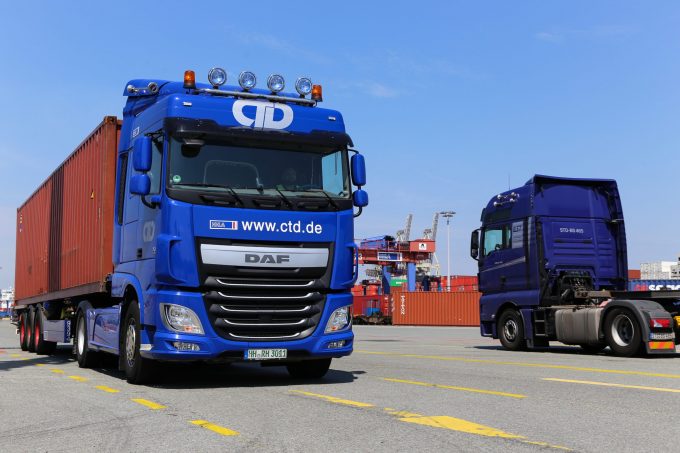Carriers warn of delays as congestion increases at North Europe's ports
Congestion levels are set to rise at ports across Northern Europe – expect schedule disruption, ...

Plans to digitise container release processes at German ports have been welcomed by hauliers, who want similar systems introduced elsewhere.
Software provider Dakosy and Bremen-based DBH Logistics announced that the first carriers and forwarders would be connected to blockchain platform German Ports by the end of ...

Comment on this article